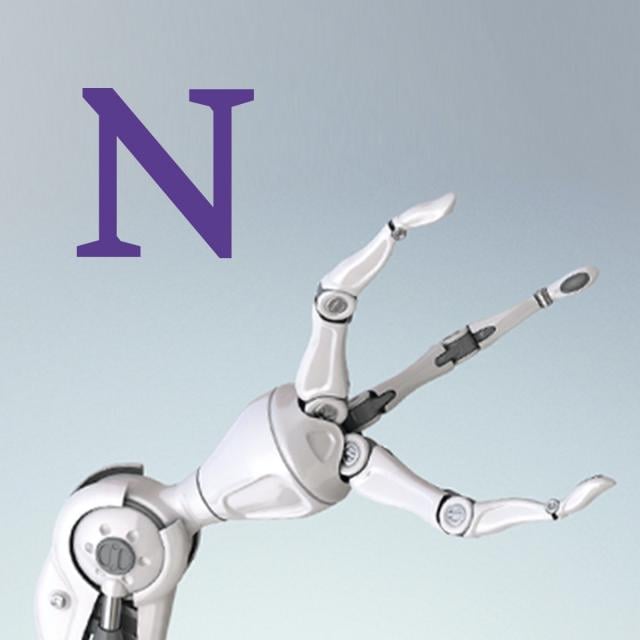MOOC List is learner-supported. When you buy through links on our site, we may earn an affiliate commission.

MOOC List is learner-supported. When you buy through links on our site, we may earn an affiliate commission.
In Course 1 of the specialization, Foundations of Robot Motion, you will learn fundamental material regarding robot configurations, for both serial robot mechanisms and robots with closed chains. You will learn about configuration space (C-space), degrees of freedom, C-space topology, implicit and explicit representations of configurations, and holonomic and nonholonomic constraints. You will also learn how to represent spatial velocities and forces as twists and wrenches. This material is at the core of the study of anything that moves (e.g., robots).
Course 1 of 6 in the Modern Robotics: Mechanics, Planning, and Control Specialization.
Syllabus
WEEK 1
Introduction to Modern Robotics
Introduction to the specialization, the Modern Robotics code library, the CoppeliaSim robot simulator, and the lightboard video-generation tool.
Chapter 2: Configuration Space (Part 1 of 2)
Configuration space and degrees of freedom of rigid bodies and robots.
WEEK 2
Chapter 2: Configuration Space (Part 2 of 2)
Configuration space topology and representation; configuration and velocity constraints; task space and workspace.
WEEK 3
Chapter 3: Rigid-Body Motions (Part 1 of 2)
Rigid-body motions, rotation matrices, angular velocities, and exponential coordinates of rotation.
WEEK 4
Chapter 3: Rigid-Body Motions (Part 2 of 2)
Homogeneous transformation matrices, twists, screws, exponential coordinates of rigid-body motion, and wrenches.
MOOC List is learner-supported. When you buy through links on our site, we may earn an affiliate commission.
MOOC List is learner-supported. When you buy through links on our site, we may earn an affiliate commission.
